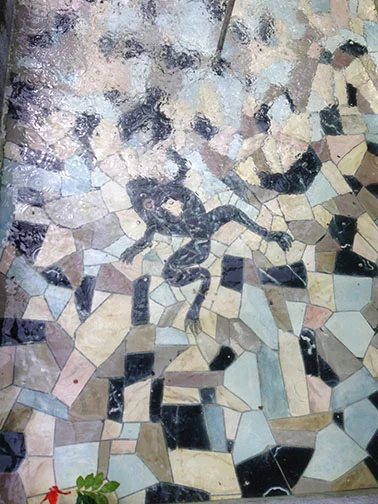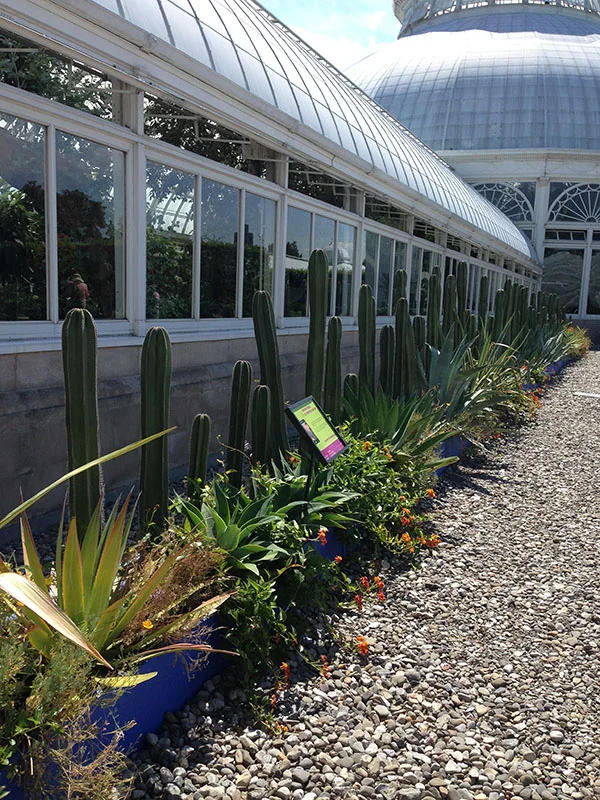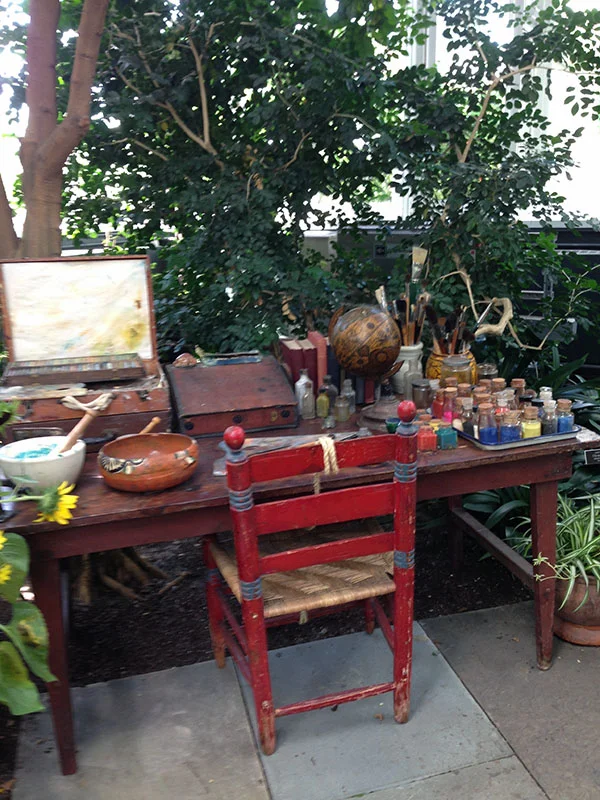A Summer Garden Gallery
A little portfolio to cool you off from the summer heat, perhaps inspire you for next year's planting. Taken this year and July last at Chautauqua Institution.
Jody Lee / a Studio by the Sea

A little portfolio to cool you off from the summer heat, perhaps inspire you for next year's planting. Taken this year and July last at Chautauqua Institution.








Jody Lee / a Studio by the Sea
Frustration is an emotion that arises when you are feeling helpless. It’s caused by internal forces like a lack of self-confidence as well as external forces that get in the way of your progress. It can stop your productivity, damage your relationships, and cause you to give up on your goals.
While we may never get rid of the feeling of frustration, there are ways to manage it:
Recognize your frustration. Verbalizing the negative feelings and expressing yourself in a private, constructive space that doesn’t exacerbate the situation can help you calm down and move forward.
Lean in and evaluate why you are frustrated. Is there also something that is working? Can you focus on moving in that direction instead?
Change your perspective. If you can, take a walk, go do something else, practice deep breathing or meditation.
Brainstorm ways to solve the frustration. Sometimes just knowing you have options often alleviates that helpless feeling and moves you forward.
Find the humor in the situation. Lightening the mood can help shift your perspective.
Ask for help. Other people can help turn something negative into something workable.
Practice empathy and patience. Remember, you can control your own reaction even though you cannot control other people.
If you’re frustrated by the scope of the problem, try breaking it down into manageable bits. It’s less frustrating when it’s something achievable.
Try the 1:1:1 method. Ask yourself: will this matter in one day, one month, or one year? If not, should it matter now?
Shawn Carney Art
https://www.etsy.com/shop/shawncarneyart
We all know how to get things done. You simply follow a set of steps:
So why do we all procrastinate? Why do we allow ourselves to be distracted? Why do we put off doing something that we need to get done?
Procrastination makes easy things hard, hard things harder. -Mason Cooley
There are a few common reasons:
1. Fear. Maybe it's a fear of failure or success or simply the unknown. The most important thing to know is that you can do something to move through that fear. If a task seems difficult or time consuming, break it down into smaller tasks that are easier to manage. If there is a bit of unknown, focus on the positive good outcomes of getting this done rather than the negative or fearful aspects. Look for the joy in the task and hold onto that.
2. Instant gratification aka laziness. Fix this by holding yourself accountable. Set your intentions on social media, get a buddy to work towards goals with, or ask a friend to help. Find ways to set and hold yourself accountable to your time frames.
3. Distractions. Set time aside. Meditate for five minutes to focus your mind. Use paper and pen instead of a computer. Turn off notifications, if you must use your computer for the task. Use a time-bound hack, like working for 30 minutes on something you need to get done, then rewarding yourself with 10 minutes of doing something fun, repeating this as often as necessary. Or try working for 10 minutes blocks at a time if something seems really overwhelming. Sometimes just getting started is enough to move past the distractions (and fears!).
4. Maybe you don't actually need to do that task. Sometimes you have to say no to doing things. Is this task really important? Is it beneficial to you? Is it necessary for you to complete it? Sometimes the key to overcoming procrastination is identifying what does, and what doesn't, actually need to get done.
Shawn Carney Art
https://www.etsy.com/shop/shawncarneyart
Wabi-sabi is the Japanese aesthetic of finding beauty and authenticity within imperfection and the natural cycle of growth and decay. It embraces the flaws and wear that come with time and use. It reminds us that everything is impermanent and we must appreciate it while it exists. This thought process can be applied to our lives in order to help us embrace and appreciate our imperfections.
1. Accept yourself. Appreciate your strengths, your joys, your weaknesses and fears. They are part of what makes you - you. You can affect change in your life if you truly wish to, but first you must accept yourself and love yourself because of your imperfections, not instead of them. This allows you the freedom to make decisions from a place of love and strength. It also allows you to accept that everyone is imperfect, which fosters compassion and patience.
2. Get perspective. Understand that the illusive definition of perfection does not exist. It is a relative and intangible concept. Instead, enjoy the beauty inherent in your imperfections. Embrace your own voice and style. Find confidence and let it shine. Your imperfections are what make you authentic and interesting.
3. Happiness comes from within. If you are dissatisfied with life, you cannot buy satisfaction. If you want to improve your life, you cannot purchase your way to perfection. If you want happiness, you cannot get it from another person. That’s a slippery, unending slope that constantly leads to new levels of distraction and misery. The only way to be content with your life is to look inward and accept yourself as a flawed being. Once you can do that and still believe you’re “good enough”, you no longer need to feel disappointment about the fairy tale of perfection.
Shawn Carney Art
https://www.etsy.com/shop/shawncarneyart

Recently I made a trip to the NYBG in the Bronx section of NYC. Frida Kahlo has always been a favorite artist of mine. The garden itself is beautiful and always peaceful, especially during the week. This exhibit is on until November 1. If you like art, Frida or the gardens put this on your must see list. The exhibit demonstrates how Frida used flora and fauna in her artwork.


a mock up of the cactus fence that Frida and Diego had at their Casa Azul.



I find it so interesting and inspiring to look at another artist's work stations. The colors are so vibrant and raw! Ready to be put into action.
Most of the plants and flowers in the exhibit are examples of what Frida and Diego planted at their home. Many are native to Mexico City and thrive in that climate. Of course the plants were of bold color ranges in yellows, oranges, and reds.

I hope some of these photos have inspired you to take a trip to the New York Botanical Garden and enjoy the exhibit while the weather is warm!
Tracey Toole
https://www.etsy.com/shop/traceytoole
Friendship is about connections. It’s about genuine, personal relationships that bring us closer to each other and ourselves. It’s about honestly forging bonds with those around us. The habits we foster in our friendships can improve the quality of our relationships and enhance our lives. Those same habits can be applied to our business as makers.
1. Connecting with other people allows us to be part of something larger. We share experiences and emotions. Nothing is insurmountable. Everything is possible. This results in a boost of creativity and unleashes a flood of possibility.
2. Friendship highlights our commonalities. We are all the same in many ways. This unifying thread runs through humanity and ties us all together. We can build our art using those threads in order to connect with our audience in transformative ways.
3. Friendship requires honesty and integrity. We trust our friends. We should put as much trust into our art, which will ground it in sincerity and authenticity. People connect with us because of that trust and respond to it.
4. Being a good friend means being a good listener. That skill can be applied to our business and art by allowing us to understand what our audience needs from us. Being a maker is about sharing and providing, which requires that we listen so we know what is needed.
5. We treat our friends the way we want to be treated. This level of respect and compassion is just as important in our business. Give your audience the best of yourself. It’s an investment in yourself and in the world around you.
Shawn Carney Art
https://www.etsy.com/shop/shawncarneyart